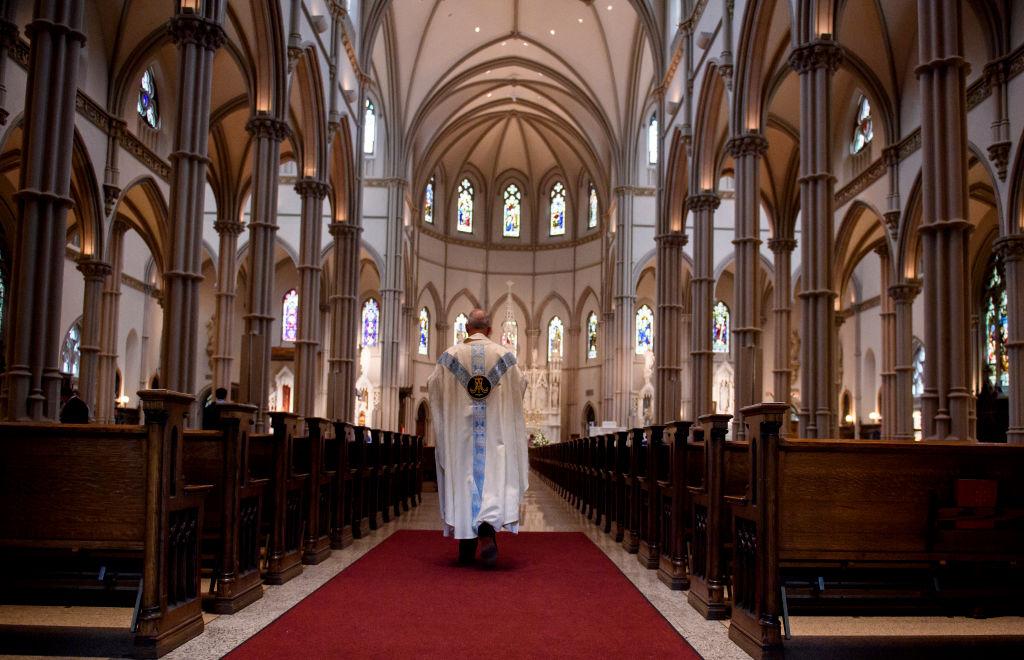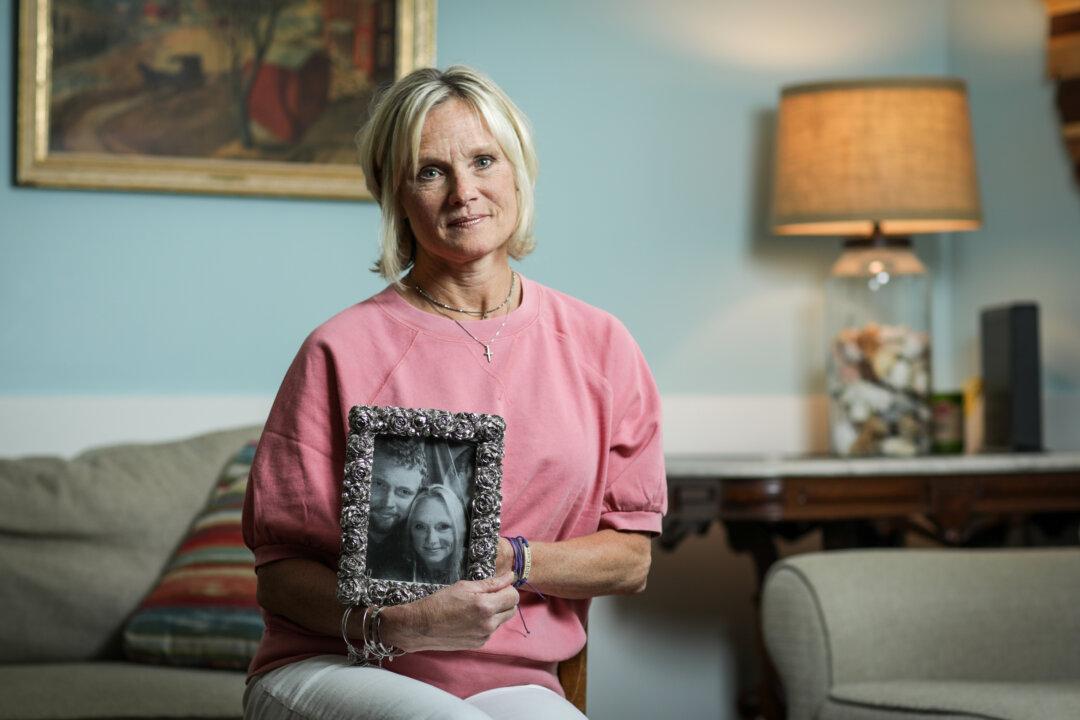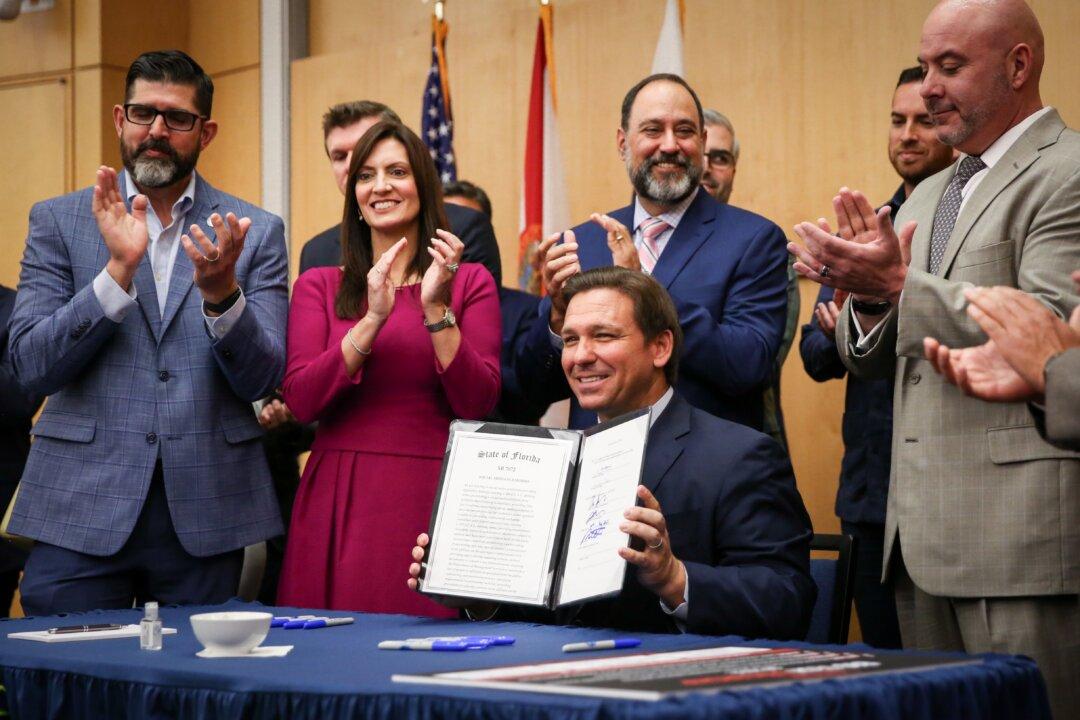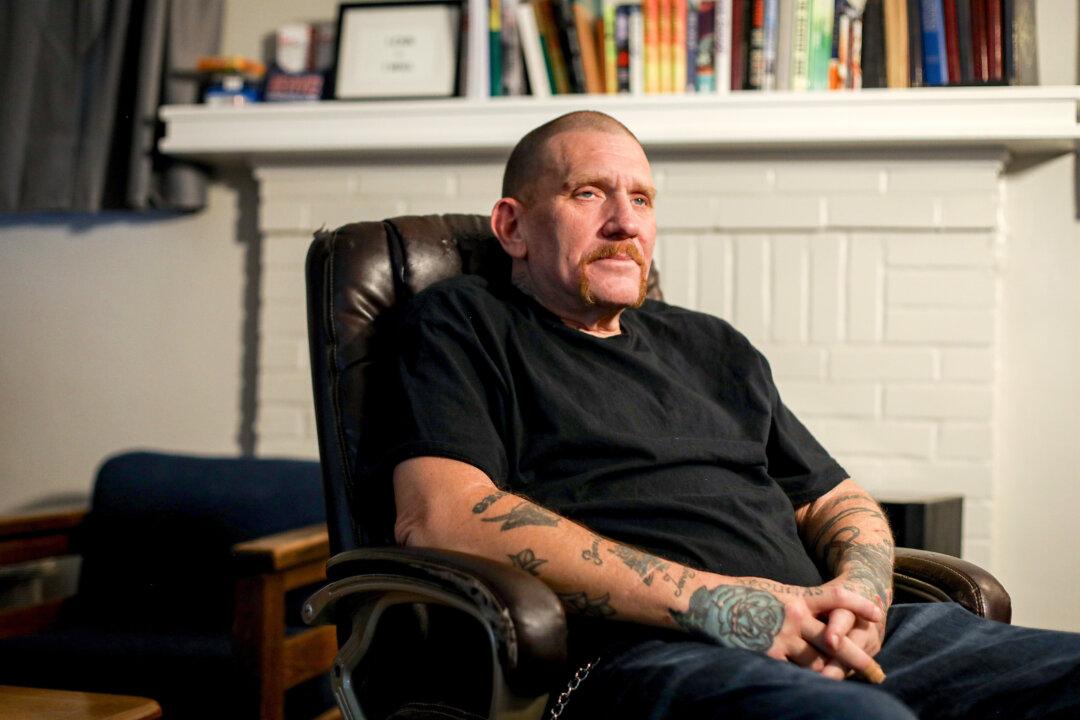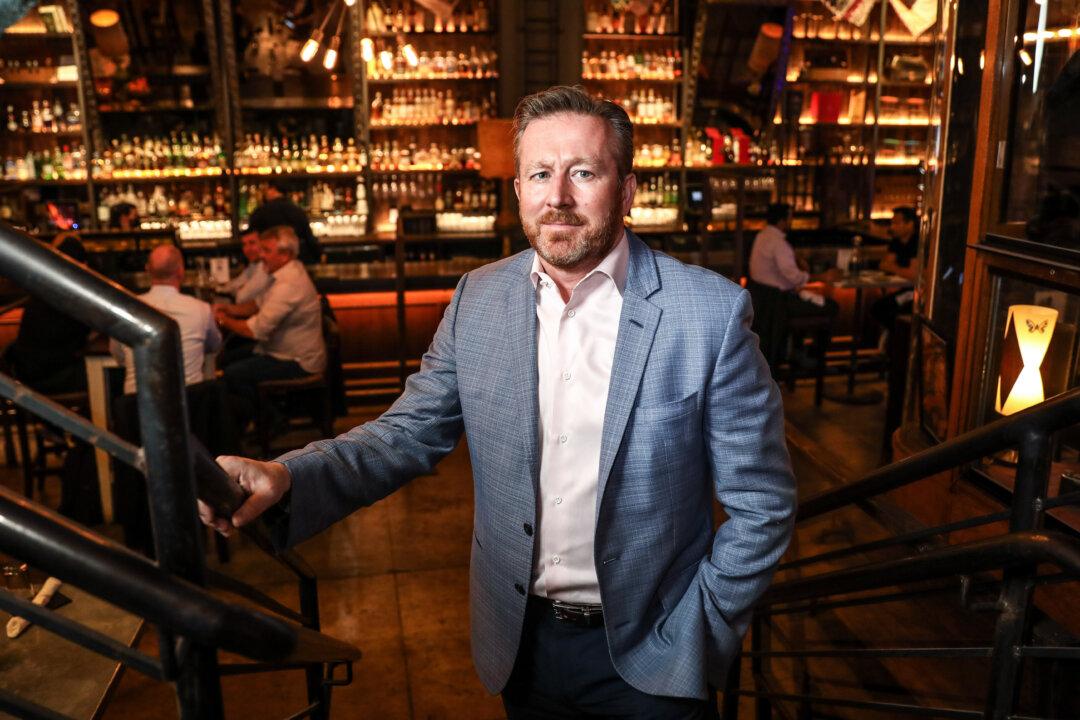More than half of the 187 Roman Catholic dioceses across the United States have started investigating clergy child sex-abuse claims or have announced plans to do so in the coming months, marking an extraordinary, renewed shift into scandals plaguing the church.
The dioceses, just in the past four months, have also released the names of an additional 1,000 priests and other clergy accused of sexually abusing children, an Associated Press investigation has found.
